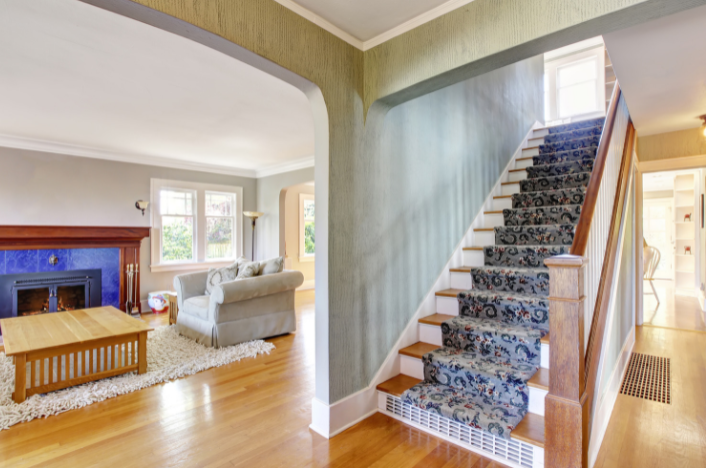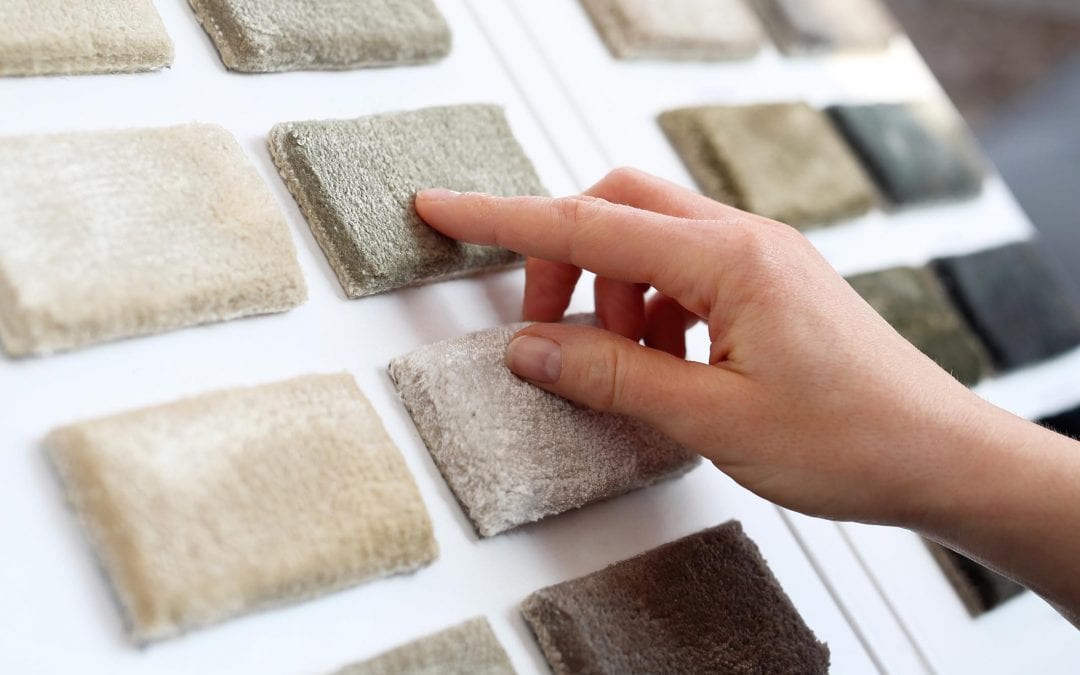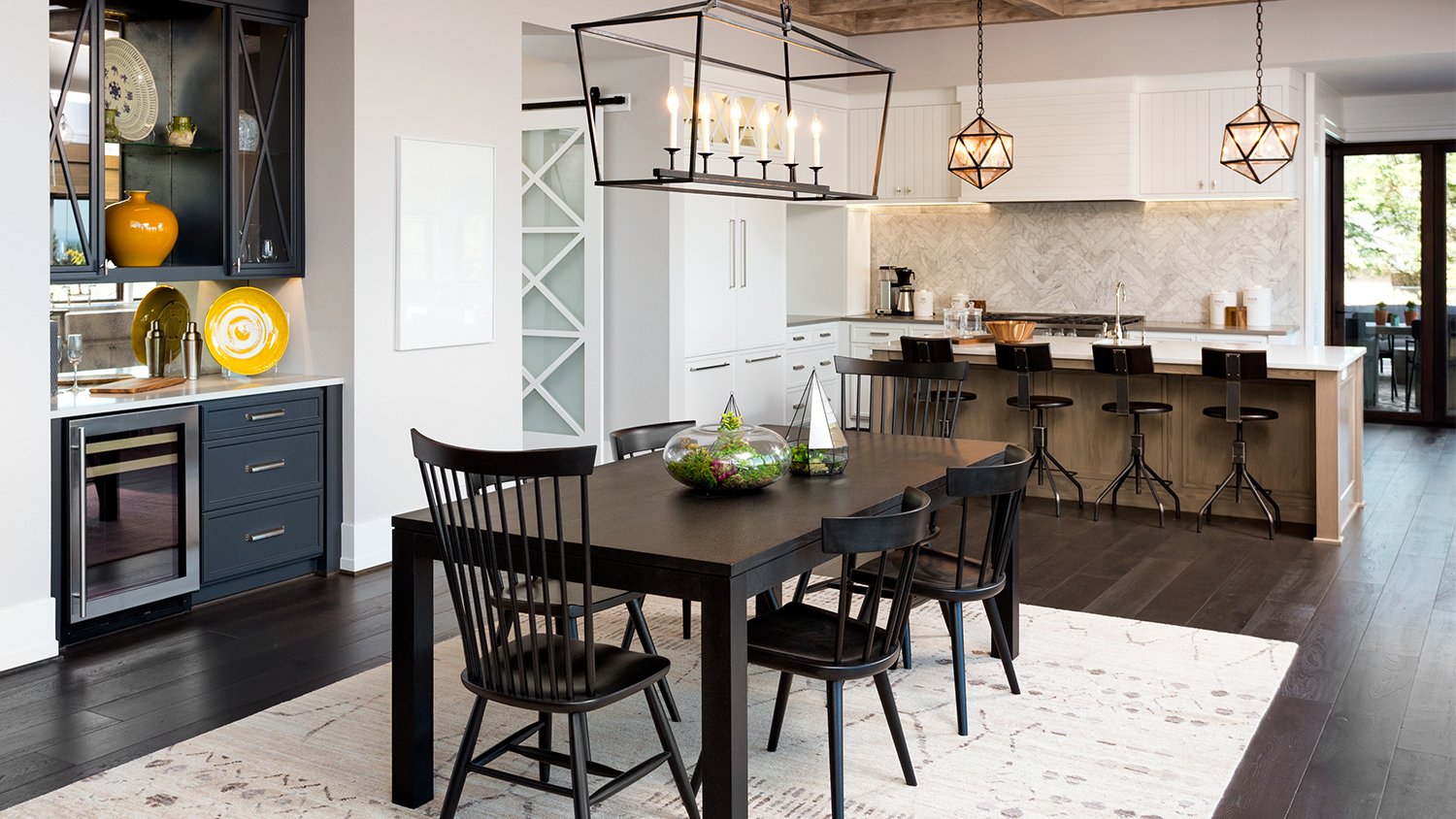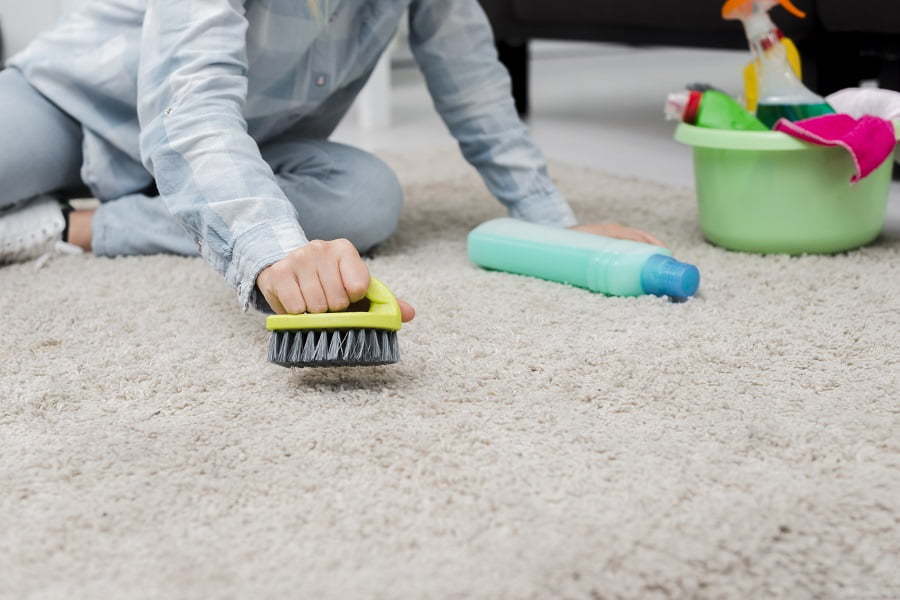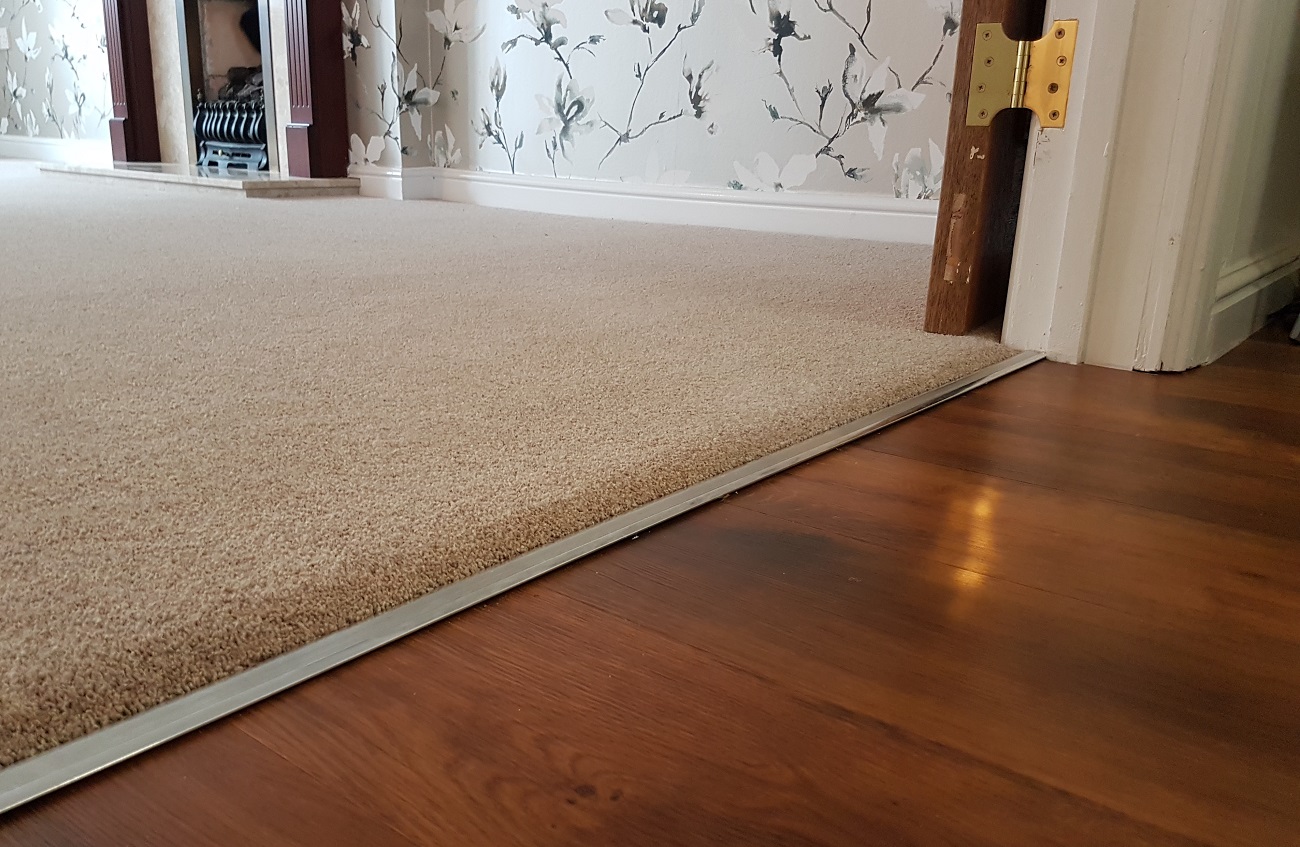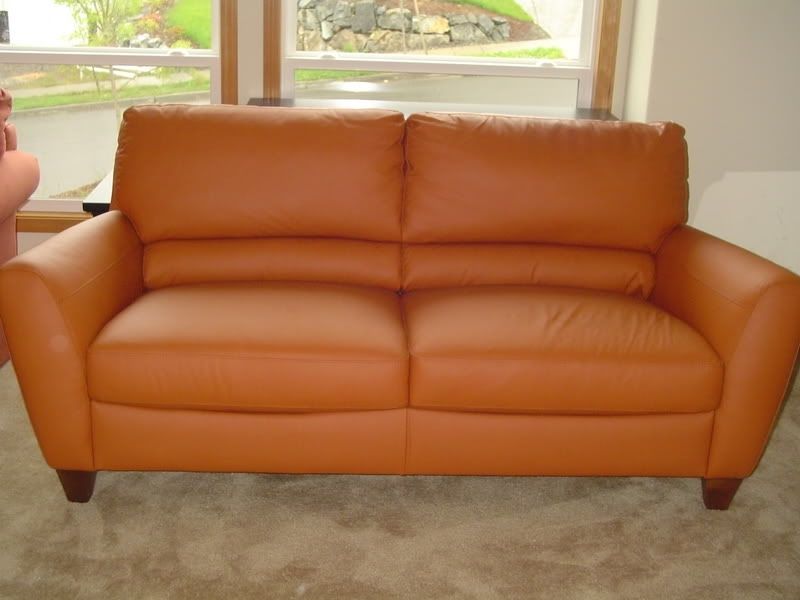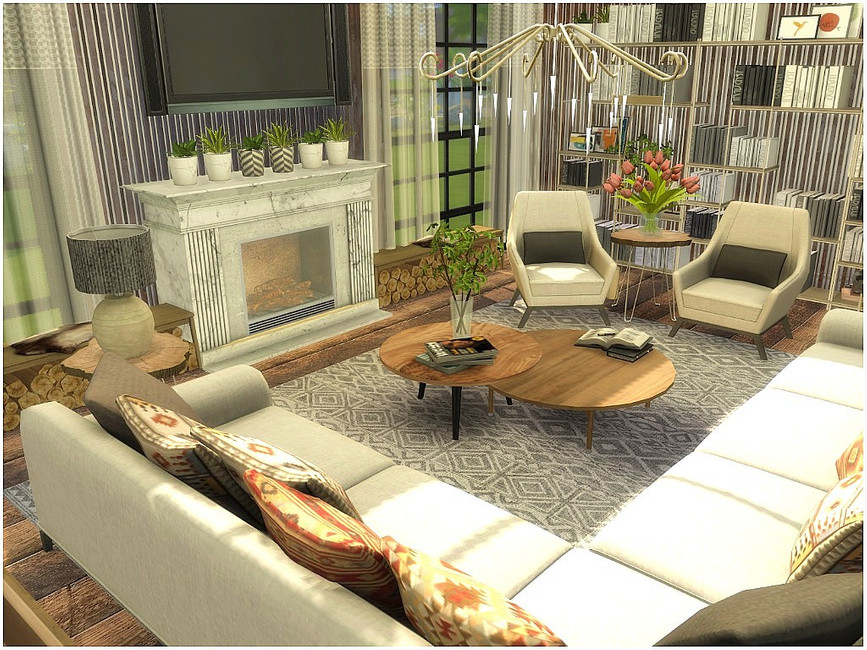Pros and Cons of Carpeting a Dining Room
Carpeting a dining room can be a controversial topic, with some homeowners swearing by it and others avoiding it at all costs. Before making a decision, it's important to consider the pros and cons of carpeting in this particular room of your home.
Pros: One of the biggest advantages of carpeting a dining room is the added comfort and warmth it provides. Unlike hard flooring, carpeting is soft underfoot and can make a dining room feel cozier and more inviting. It also helps to absorb sound, making for a quieter and more enjoyable dining experience.
Cons: On the other hand, carpeting can be a magnet for stains, especially in a high-traffic area like the dining room. Spills and messes are inevitable, and depending on the type of carpet you choose, it may be difficult to clean and maintain.
Carpet vs. Hardwood Flooring for Dining Rooms
When it comes to flooring options for a dining room, carpet and hardwood are two popular choices. Each has its own set of benefits and drawbacks, so it's important to weigh them carefully before making a decision.
Carpet: As mentioned before, carpeting offers added comfort and warmth, but it also provides a softer surface for children and pets to play on. It can also be a more budget-friendly option compared to hardwood, especially if you opt for a lower-grade carpet or use remnants.
Hardwood: Hardwood flooring is known for its durability and longevity, making it a great investment for your home. It also adds a touch of elegance and sophistication to a dining room, and is easier to clean than carpeting. However, it can be a more expensive option and may not be as forgiving for spills and stains.
How to Choose the Right Carpet for Your Dining Room
Choosing the right carpet for your dining room can be a daunting task, but it's important to consider a few key factors in order to make the best decision for your space.
Room size: The size of your dining room will play a big role in the type of carpet you choose. A larger room may benefit from a thicker, more plush carpet, while a smaller room may do well with a tighter weave.
Style and design: Think about the overall style and design of your dining room when choosing carpet. A formal dining room may call for a more luxurious and elegant carpet, while a casual dining area may work well with a more durable and low-maintenance option.
Color and pattern: Choosing the right color and pattern for your carpet is also important. Darker colors and busier patterns can help to hide stains and spills, while lighter colors and simpler patterns may show them more easily.
Benefits of Carpeting in a Dining Room
Despite some of the potential drawbacks, there are many benefits to carpeting a dining room that shouldn't be overlooked.
Comfort: As mentioned before, carpeting provides added comfort and warmth to a dining room, making it a more inviting and comfortable space to spend time in.
Sound absorption: Carpeting also helps to absorb sound, which can be beneficial in a dining room where conversations and clanking dishes can be loud and echoey on hard flooring.
Design flexibility: With a wide range of colors, patterns, and textures available, carpeting offers plenty of design flexibility for your dining room. It can also be easily replaced or updated if your design tastes change in the future.
Carpeting vs. Area Rugs in a Dining Room
If you're not sold on the idea of wall-to-wall carpeting in your dining room, you may want to consider using an area rug instead. Here are some of the key differences between the two options.
Carpeting: Wall-to-wall carpeting provides a seamless look and can make a room feel more cohesive. It also eliminates the need for furniture pads or grippers to keep the rug in place.
Area rugs: Area rugs offer more flexibility in terms of design and can be easily replaced or moved to another room if desired. They also allow for more of the flooring underneath to be visible, which may be preferred in some dining room designs.
Factors to Consider When Carpeting a Dining Room
When it comes to carpeting, there are a few important factors to keep in mind before making a decision for your dining room.
Foot traffic: The amount of foot traffic in your dining room is a key factor to consider. If you have a large family or frequently entertain, a durable and stain-resistant carpet may be the best choice.
Pets and children: If you have pets or young children, you'll want to choose a carpet that can withstand their spills and messes. It's also important to consider the type of material and whether it can easily be cleaned and maintained.
Allergies: If you or anyone in your household suffers from allergies, you may want to choose a carpet with low VOC and allergen-reducing properties. Some materials, such as wool, are also naturally hypoallergenic.
Best Types of Carpet for Dining Rooms
When it comes to choosing the best type of carpet for your dining room, it's important to consider both the material and the construction of the carpet.
Material: Some of the best materials for dining room carpeting include wool, nylon, and polyester. Wool is durable and offers natural stain resistance, while nylon and polyester are more budget-friendly options that are also durable and easy to clean.
Construction: The construction of the carpet also plays a role in its durability and performance. Loop pile carpets, such as Berber, are more durable and better at hiding stains, while cut pile carpets, such as plush, are softer and more comfortable underfoot.
How to Maintain and Clean Carpet in a Dining Room
Maintaining and cleaning your dining room carpet is essential for keeping it looking its best for years to come. Here are some tips for keeping your carpet in top condition.
Vacuum regularly: Regular vacuuming is key to keeping your carpet clean and free of debris. Be sure to use a vacuum with good suction and a beater bar for the best results.
Spot clean spills: For spills and stains, it's important to act quickly. Use a clean cloth and a mild cleaning solution to gently blot and remove the stain, being careful not to rub it in further.
Deep clean periodically: It's also important to deep clean your carpet periodically to remove any built-up dirt and grime. You can do this yourself with a carpet cleaner or hire a professional for a more thorough clean.
Carpeting a Dining Room: Design Tips and Ideas
Carpeting in a dining room can add a touch of style and personality to the space. Here are a few design tips and ideas to consider when choosing and incorporating carpet into your dining room.
Mix and match: Don't be afraid to mix and match different carpet styles and patterns in your dining room. For example, you could use a patterned carpet for the main dining area and a solid color for the surrounding space.
Add texture: Adding texture to your dining room carpet can create visual interest and add dimension to the space. Consider a textured carpet, such as a loop pile or shag, to achieve this effect.
Use a rug: If you have hardwood flooring in your dining room but still want the added comfort and warmth of carpet, consider using an area rug under the dining table. This can also add a pop of color or pattern to the space.
Cost Comparison: Carpeting vs. Other Flooring Options for Dining Rooms
Finally, it's important to consider the cost of carpeting compared to other flooring options for your dining room.
Carpeting: The cost of carpeting can vary depending on the type and quality of material you choose, but on average, it can range from $2 to $15 per square foot.
Hardwood: Hardwood flooring is typically more expensive than carpeting, with an average cost of $5 to $12 per square foot.
Laminate: Laminate flooring is a more budget-friendly option, with an average cost of $2 to $5 per square foot.
Tile: Tile flooring is another durable and cost-effective option, with an average cost of $4 to $8 per square foot.
Ultimately, the decision to carpet a dining room comes down to personal preference and the specific needs and style of your space. By considering the pros and cons, as well as these helpful tips and ideas, you can make an informed decision and create a beautiful and functional dining room for your home.
Why Carpeting in a Dining Room Can Be a Smart Design Choice
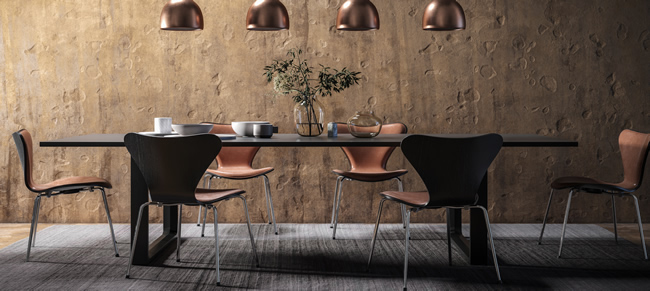
Adding Warmth and Comfort
/choose-dining-room-rug-1391112-hero-4206622634654a6287cc0aff928c1fa1.jpg) When it comes to designing a dining room, most people focus on functionality and style. However, one aspect that often gets overlooked is comfort.
Carpeting
can add a sense of warmth and coziness to a dining room, making it a more inviting space for meals and gatherings. The softness and cushioning of a
carpet
underfoot can also provide a more comfortable dining experience, especially for those who spend long hours at the table.
When it comes to designing a dining room, most people focus on functionality and style. However, one aspect that often gets overlooked is comfort.
Carpeting
can add a sense of warmth and coziness to a dining room, making it a more inviting space for meals and gatherings. The softness and cushioning of a
carpet
underfoot can also provide a more comfortable dining experience, especially for those who spend long hours at the table.
Enhancing Acoustics
 Dining rooms are often used for more than just eating. They can also double as a space for conversations, board games, or even a home office.
Carpeting
can help to improve the acoustics in the room by reducing noise levels and echoing. This can create a more pleasant and intimate atmosphere, making it easier to have conversations and enjoy activities in the dining room.
Dining rooms are often used for more than just eating. They can also double as a space for conversations, board games, or even a home office.
Carpeting
can help to improve the acoustics in the room by reducing noise levels and echoing. This can create a more pleasant and intimate atmosphere, making it easier to have conversations and enjoy activities in the dining room.
Creating a Cohesive Design
 In an open-concept home, the dining room may be visible from other areas, such as the living room or kitchen.
Carpeting
can help to tie these spaces together and create a cohesive design throughout the home. By choosing a
carpet
that complements the flooring in other areas, you can create a seamless transition between rooms and add visual interest to the overall design of your home.
In an open-concept home, the dining room may be visible from other areas, such as the living room or kitchen.
Carpeting
can help to tie these spaces together and create a cohesive design throughout the home. By choosing a
carpet
that complements the flooring in other areas, you can create a seamless transition between rooms and add visual interest to the overall design of your home.
Adding Texture and Visual Interest
 Another benefit of carpeting in a dining room is the opportunity to add texture and visual interest to the space.
Carpet
comes in a variety of styles, patterns, and colors, allowing you to choose a design that complements your overall aesthetic. This can add depth and dimension to the room, making it more visually appealing and creating a focal point for the space.
Another benefit of carpeting in a dining room is the opportunity to add texture and visual interest to the space.
Carpet
comes in a variety of styles, patterns, and colors, allowing you to choose a design that complements your overall aesthetic. This can add depth and dimension to the room, making it more visually appealing and creating a focal point for the space.
The Verdict
 While some may argue that
carpeting
in a dining room is impractical due to potential spills and stains, modern
carpet
materials are often stain-resistant and easy to clean. With the numerous benefits that
carpeting
can bring to a dining room, it's worth considering as a design option. Whether you choose a plush
carpet
or a low-pile option, it can add comfort, warmth, and style to your dining space.
While some may argue that
carpeting
in a dining room is impractical due to potential spills and stains, modern
carpet
materials are often stain-resistant and easy to clean. With the numerous benefits that
carpeting
can bring to a dining room, it's worth considering as a design option. Whether you choose a plush
carpet
or a low-pile option, it can add comfort, warmth, and style to your dining space.







/carpet-on-stairs-1822568-hero-d5089f8164144ab481d7ad73d65153e5.jpg)













